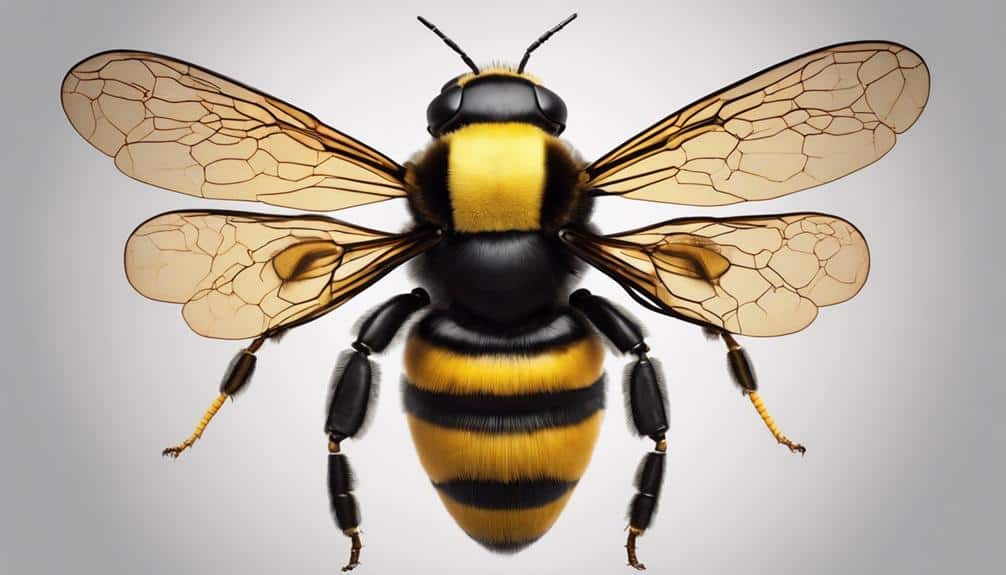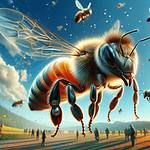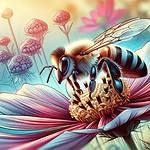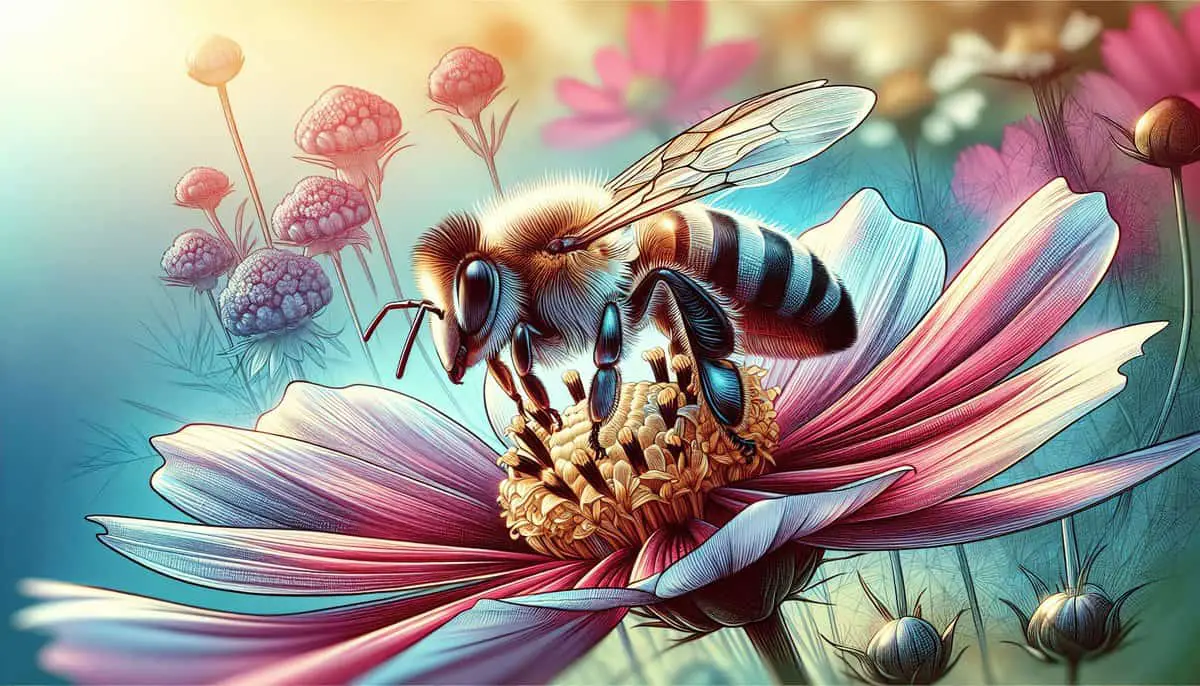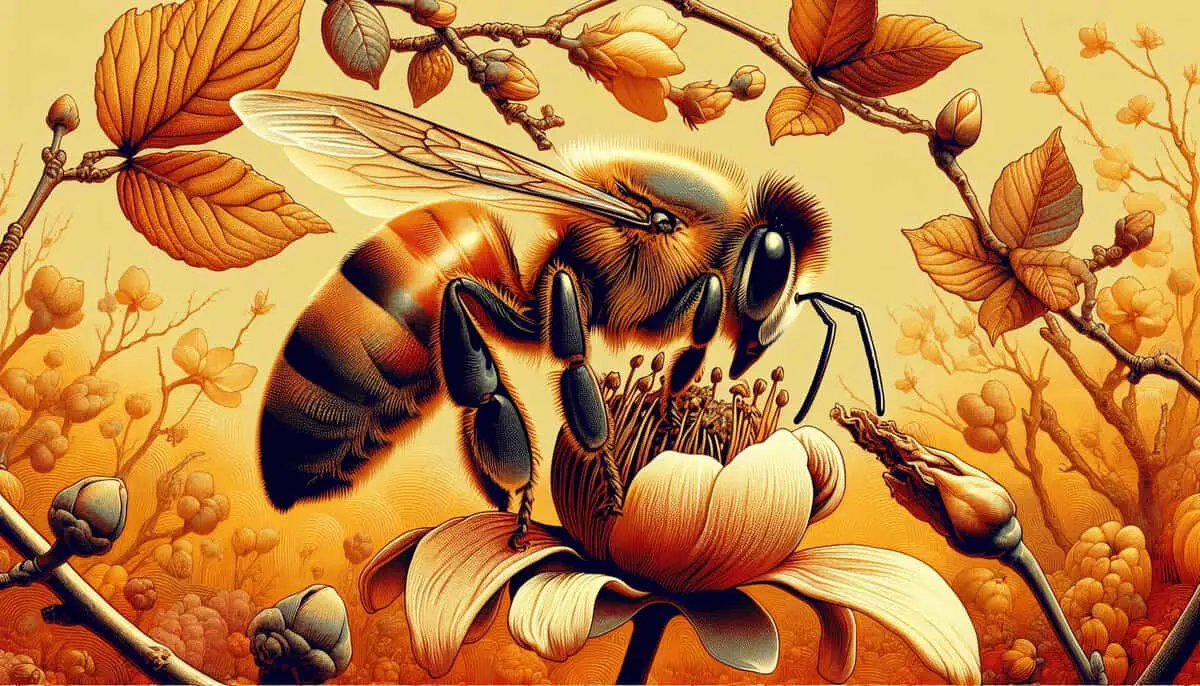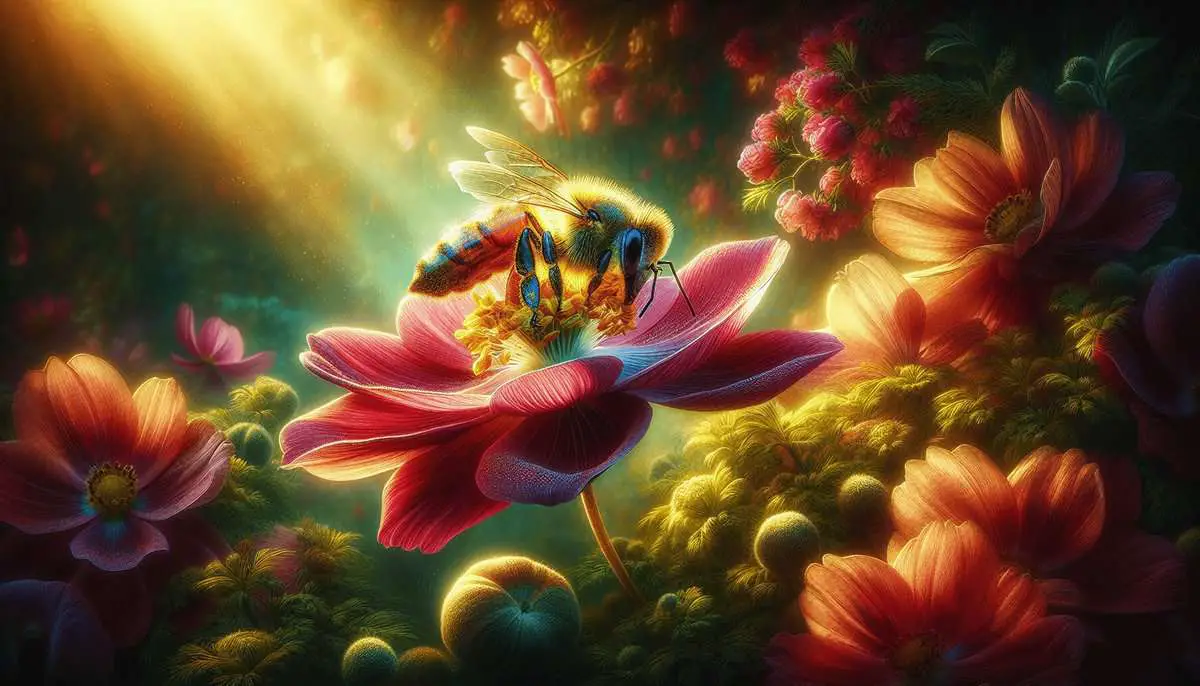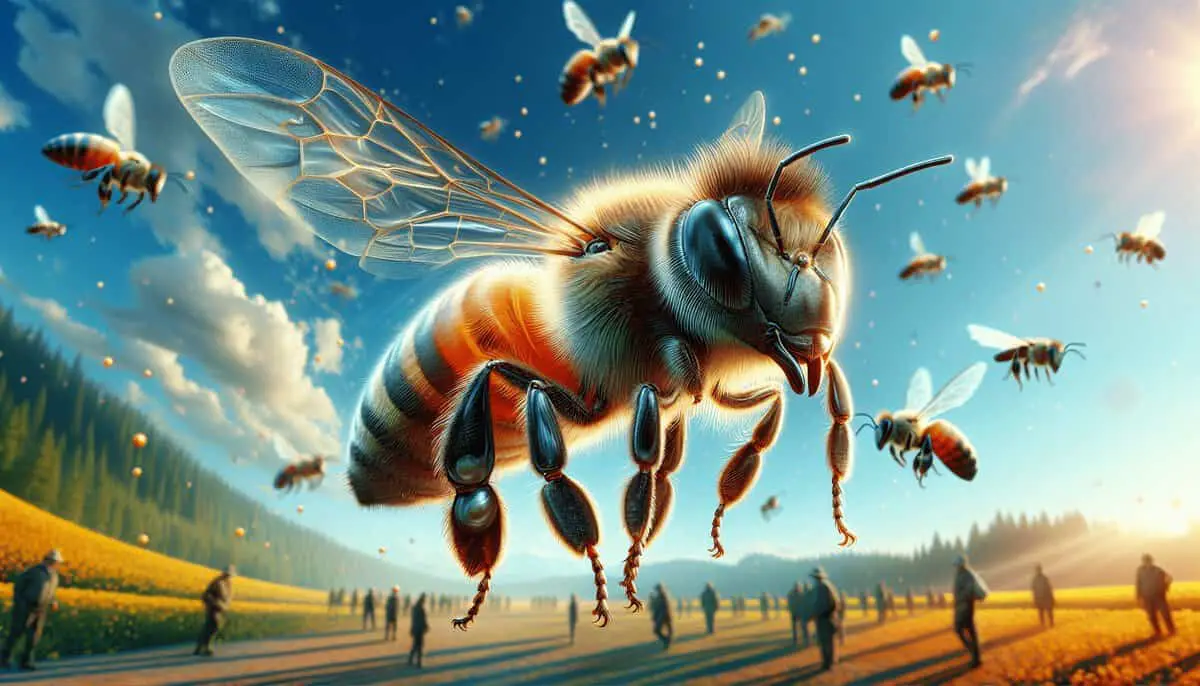Some may underestimate the complexity of a bumblebee's anatomy, seeing them simply as small insects buzzing around flowers. However, a closer examination reveals a world of intricate structures and functions that contribute to the survival and success of these remarkable creatures.
By exploring the inner workings of a bumblebee's body, one can uncover a fascinating tapestry of adaptations and mechanisms that have evolved over time. The interplay between form and function in bumblebee anatomy provides a captivating glimpse into the wonders of nature, showcasing the beauty and efficiency of these tiny yet mighty pollinators.
Bumblebee External Anatomy
Bumblebee external anatomy showcases a remarkable adaptation of specialized structures that serve crucial functions in their daily activities and survival. The exoskeleton of bumblebees acts as an external skeleton covered in hair, which plays a vital role in pollen gathering and regulating their body temperature. This hairy covering not only aids in the collection of pollen but also helps in insulating the bumblebee, keeping them warm in cooler temperatures.
Furthermore, the antennae of bumblebees are fascinating features. Females have 12 segments on their antennae, while males have 13. These antennae are equipped with mechanoreceptors that allow the bumblebees to sense touch and even perceive sounds, thus aiding in their communication and navigation within their environment.
The compound eyes of bumblebees are another essential aspect of their external anatomy. These eyes provide them with polarized vision that aids in navigation. Their compound eyes are made up of multiple eye units, allowing for faster processing of visual information, which is crucial for their foraging activities and predator avoidance.
Lastly, the proboscis of bumblebees is a soft, extendable tongue that they use for nectar collection and grooming. This specialized structure enables them to reach into flowers to extract nectar efficiently. Overall, the external anatomy of bumblebees is a marvel of evolution, perfectly suited to their ecological niche and way of life.
Bumblebee Internal Anatomy
Internally, bumblebees possess a complex array of specialized organs and structures essential for their reproductive, communication, and survival functions. The internal anatomy of bumblebees varies among the different castes within the colony: queens, workers, and drones. Below is a table outlining some key internal anatomical features of bumblebees:
| Organ/Structure | Function | Castes Involved |
|---|---|---|
| Reproductive Organs | Responsible for mating, egg production, and sperm storage | Queens, Drones |
| Wax Glands | Produce wax used in hive construction | Workers, Queens |
| Flight Muscles | Power the wings for flight | All castes |
The reproductive system of bumblebees is intricately designed, with queens maturing their ovaries for egg-laying throughout their lives. Worker bees, on the other hand, take on the task of wax production using specialized glands to contribute to hive construction. Flight muscles in bumblebees are crucial for their ability to fly, collect nectar, and communicate through their characteristic buzzing sounds. Understanding the internal anatomy of bumblebee species sheds light on their remarkable adaptations for survival and colony functioning.
Bumblebee Physiological Functions

The physiological functions of bumblebees encompass a diverse range of specialized adaptations that contribute to their survival and colony dynamics. These functions are essential for the bees' ability to thrive in their environments and fulfill their roles within the colony.
- Metabolic Rate: Bumblebees have a remarkably high metabolic rate compared to many other insects, allowing them to generate the energy needed for their active lifestyles and complex behaviors. This high metabolic rate is necessary for tasks such as foraging, thermoregulation, and flight.
- Thermoregulation: Bumblebees are capable of regulating their internal body temperature, a critical function that enables them to remain active even in cooler climates. By using various mechanisms such as shivering to generate heat and basking in the sun to absorb warmth, bumblebees can maintain their optimal body temperature.
- Muscle Efficiency: The muscle efficiency of bumblebees is much larger compared to many other insects, particularly in their flight muscles. This enhanced muscle efficiency allows bumblebees to achieve the rapid wing movement required for their buzzing flight, making them adept pollinators and efficient foragers.
- Neurological Adaptations: Bumblebees possess complex neurological adaptations that facilitate learning, memory, and navigation. Their ability to communicate within the colony, remember flower locations, and navigate intricate environments showcases the impressive neurological functions that support their survival and success.
Bumblebee Reproductive System
Within the intricate biological framework of these remarkable pollinators, the reproductive system of bumblebees plays a crucial role in sustaining colony dynamics and ensuring the continuation of their species.
Unlike honeybees, bumblebee drones don't die immediately after mating. However, in honeybees, the drone bee's sexual organs are lethal, causing their immediate death post-mating.
Queen bumblebees possess a specialized organ known as a spermatheca, which functions to store and fertilize sperm for egg production. This organ enables the queen to fertilize eggs continuously until her death, ensuring a steady production of offspring within the colony.
Additionally, the ovaries of queen bumblebees mature to produce eggs continuously, contributing to the growth and maintenance of the colony. Worker bees, on the other hand, have a vital role in hive construction and maintenance. They produce wax using wax glands, with young worker bees being particularly active in creating wax within the hive for various purposes.
This division of labor within the bumblebee colony highlights the specialized functions of each member in ensuring the reproductive success and survival of the species.
Bumblebee Special Adaptations

Bumblebee special adaptations encompass a range of finely tuned biological features that optimize their survival and success in diverse environments. These adaptations include:
- Specialized Compound Eyes: Bumblebees possess specialized compound eyes with numerous eye units that provide them with polarized vision and aid in navigation. This unique visual system allows them to effectively perceive their surroundings and locate resources such as flowers for nectar collection.
- Highly Developed Olfactory System: Their antennae house an impressive 170 odor receptors, contributing to a well-evolved sense of smell. This keen olfactory ability assists bumblebees in communication within the colony and in locating food sources with remarkable efficiency.
- Proboscis for Nectar Collection: The proboscis, a soft and extendable tongue-like structure, is essential for bumblebees' nectar collection, grooming, and cleaning activities. This specialized mouthpart enables them to extract nectar from flowers and maintain their hygiene.
- Adaptations in Mandibles: The mandibles of worker bees play a crucial role in wax production, contributing to the construction and maintenance of the hive. In contrast, queen and drone mandibles are specialized for cutting and biting, serving specific functions within the bumblebee colony.
These unique adaptations highlight the remarkable evolutionary strategies that bumblebees have developed to thrive in their environments and fulfill their critical roles within their colonies.
Conclusion
In conclusion, the comprehensive guide to bumblebee anatomy and physiology illuminates the intricate inner workings of these remarkable insects.
From their external anatomy to internal physiological functions, bumblebees showcase special adaptations for survival.
Through meticulous examination, we uncover the secrets of their reproductive system and appreciate their vital role in pollination.
With this newfound knowledge, we're inspired to protect and conserve these buzzing beauties for generations to come.
